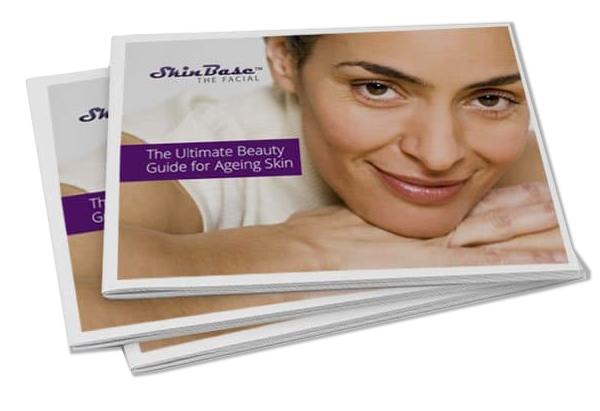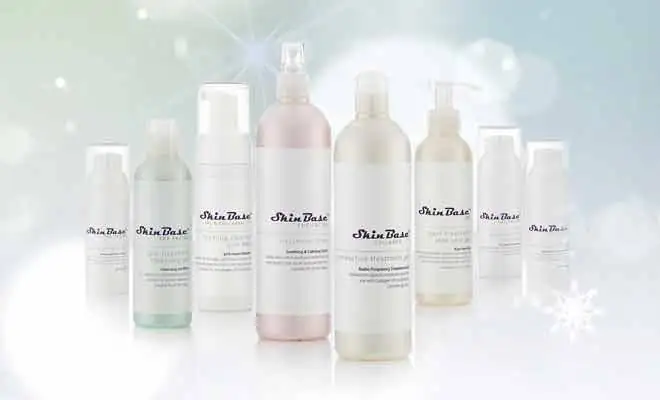Discovered in 1983, and commonly discussed in the fight against acne, salicylic acid is a versatile beta-hydroxy acid. It is found in lots of products on the market, and it is a perfect addition to your skincare routine.
Download a FREE beauty guide
Discover our collection of free beauty guides.

What is Salicylic Acid?
A part of the salicylates class of ingredient, salicylic acid (SA) is an anti-inflammatory, exfoliating ingredient derived from willow bark. It is the most widely used BHA in the skincare industry, due to its effectiveness.
How Does Salicylic Acid Work?
Salicylic acid, as a BHA, is an oil-soluble ingredient. AHAs on the other hand, are water soluble. Beta-hydroxy acids work on the surface of the skin, as AHAs do. They differ in their ability to penetrate deep within the pores. Within the skin, SA supports the natural exfoliation process by increasing moisture levels and loosening the “glue” holding skin cells together. The lipid-soluble ingredient also dislodges blackhead plugs, unclog pores, fights bacteria and keeps the skin clean and clear.
What Do I Need to Know About Molecular Size?
Though BHAs penetrate the skin due to their oil-soluble abilities, their larger molecular weight makes them milder than AHAs. Therefore, SA poses less of a risk of irritation than ingredients such as such as glycolic acid. Therefore, it is better for those with sensitive skin.
Why is Exfoliation Important?
Disrupting the natural exfoliation process of the skin results in dead skin cells sitting on the surface for longer. The cells deeper within the skin responsible for fresh cell production will receive the trigger to produce these new cells less frequently. This will lead to a dull, lacklustre appearance and the potential for more problematic concerns such as acne. Using salicylic acid will encourage new cell production, as described above, while also combatting clogged pores, acne, sun damage and hyperpigmentation.
Chemical vs Manual Exfoliation
Salicylic acid is a fabulous chemical exfoliant, even for those with sensitive skin. If you would prefer a physical exfoliant, the aluminium oxide crystals used in SkinBase Microdermabrasion effectively remove any build up of dead cells, dirt, bacteria and debris from the skin to rejuvenate your appearance. Find your nearest therapist here.
What Should My Skincare Label Say?
As a popular skincare ingredient, salicylic acid may show up on your ingredients labels as exactly that. Be aware of ingredients lists on your products. Salicylic acid is in cleansers, moisturisers, oils, serums etc., increasing the possibility of overlayering ingredient. If your skin concerns are more severe, you may be using prescribed gels, lotions, ointments, solutions or medicated pads. Be aware that HA may also show up on labels as willow extract, trethocanic acid, tropic acid or beta hydroxybutanoic acid. Do not use multiple products with SA in.
How to Use Salicylic Acid?
As well as not layering SA with itself, you should also be careful not to mix it with some other popular skincare ingredients. You should not mix vitamin A (retinol) and vitamin B (niacinamide) with acidic products, such as AHAs and BHAs. When the pH level of these ingredients gets too low, they undergo a chemical reaction, decreasing their effectiveness. So, be considerate about your daily routine, and implement products at the correct time.
Salicylic Acid + Your Skincare Routine
You can incorporate SA into your morning or evening skincare routines, depending on the product. If your acid is in your cleanser, it will generally be gentle enough for daily use, unless stated otherwise. However, some skincare experts critique the use of active ingredients at this stage of the routine. As cleanser is on the skin for the least amount of time, the active ingredients such as SA do not have enough time to work to their full ability before they are washed off. Depending on your needs, you may prefer to choose a product that sits on the skin for longer – giving the SA adequate time to penetrate and unclog the pores. When introducing an exfoliant to your skincare routine, it is important to remain consistent with your SPF, to avoid any sun damage. Any product you choose should be used as directed.
What % Should I Use?
Each of these products will have a different percentage of salicylic acid, ranging from 0.5% to 7%. The type and percentage of SA that you will use depends on what skin concern you are trying to treat. Generally, 2% is safe for everyday use. However, it can cause dryness, so it is important to implement the new ingredient slowly and allow your skin to get used to it. If you go too quickly, your skin may respond to the dryness by increasing oil production. This could be detrimental, particular if you are prone to acne, and the excess oils will further clog the pores.
Download a FREE beauty guide
Discover our collection of free beauty guides.


